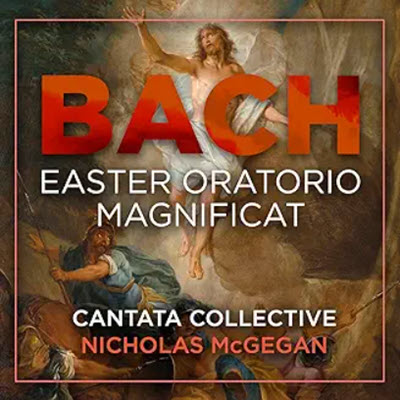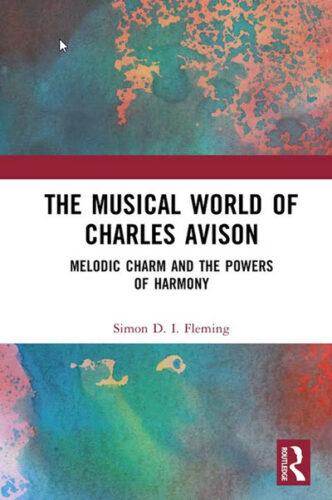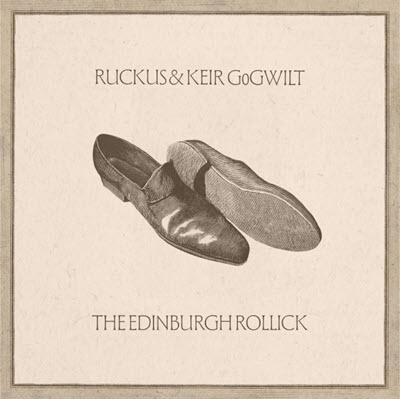by
Published August 26, 2019
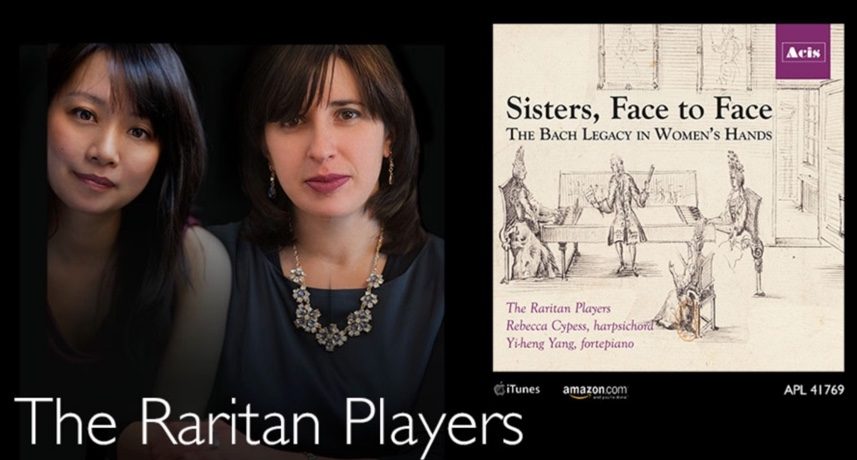
Sisters, Face to Face: The Bach Legacy in Women’s Hands. Rebecca Cypess, harpsichord; Yi-heng Yang, fortepiano. Acis APL41769
By Andrew J. Sammut
Rebecca Cypess offers ample historical justification for this program of works by Bach and sons for her harpsichord alongside Yi-heng Yang’s fortepiano.
The novel instrumental pairing was apparently commonplace at 18th-century salons. Far from being suddenly outmoded, familiar keyboards like the harpsichord were gradually integrated alongside cutting-edge inventions such as the fortepiano. The music of the Bach family also figured prominently in salons, where aristocratic women could demonstrate their education and musicianship as well as their wealth. Cypess’s extensive liner notes also share the unique story of Sara Levy, a favorite student of Bach’s eldest son, Wilhelm Friedemann, and the inspiration behind this release.
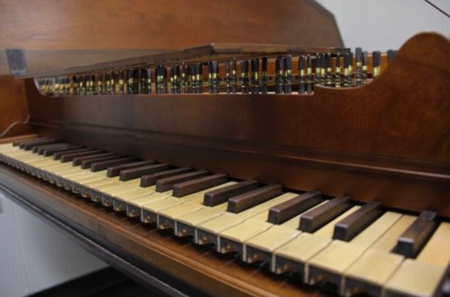
So there are a lot of compelling and fascinating arguments for this kind of program. Yet the recital justifies itself entirely on musical grounds. Melodies, inner harmonies, bass lines, contrapuntal textures, and rhythmic contours are rendered completely transparent in this instrumentation, and the combination unveils a surprising range of colors.
Unison dialogues in the opening Allegro ma moderato of W. F.’s Concerto in F (Fk. 10) that might fold into each other on two harpsichords instead leap out here. In the second movement of Johann Sebastian’s Sonata in G (BWV 1039), divisions in each player’s right hand spin out with utter clarity even over a thick bass doubling. Every voice in the concluding fugue of the Concerto in C (BWV 1061A, the original orchestra-less version of this work) remains distinct to the end.
Cypess plays a copy of a Blanchet French double-manual harpsichord rebuilt by Willard Martin with a charming tanginess, while Yang’s copy of an Anton Walter fortepiano by R. J. Regier has a medium-dark sound and enough sustain to avoid sounding tinkly or overwhelming. The repeating descending pattern in the Adagio of J. S.’s sonata is a perfect showcase for how the harpsichord shines from inside the fortepiano.
J. S.’s concerto is a speeding highway of textures, especially when the double keyboard ritornellos are answered by each soloist. The central Andantino of Carl Philipp Emanuel’s Sonata in C (Wq. 87) features Cypess using the harpsichord’s lute stop to craft a koto-like timbre and suspenseful lyricism.
Cypess and Yang are confident and caring interpreters as well as sympathetic partners. They sound natural and assured throughout the shifting moods of the W. F. concerto; their attention to detail in its Andante makes the undulating between minor and major into a real event. Here and throughout the album, both players’ clean, empathically phrased dual trills add beauty and harmonic weight.
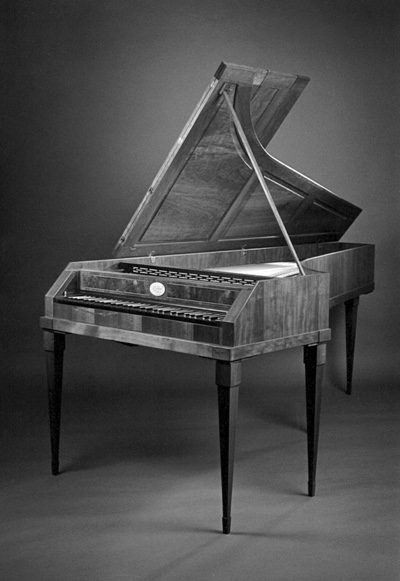
The closing Presto of W. F.’s piece shows off Yang’s cleanly differentiated repeated note phrases. The opening movement of C. P. E.’s sonata is one of the composer’s more galant, easy-going moments, here enhanced by these players’ tender touch and sensitive interplay. Some overly massaged agogics occasionally derail momentum in the works by Bach’s sons, but the two musicians are always in sync and clearly feel these choices as one.
They give J. S.’s works a little more room to speak for themselves. The virtuosic Presto of the sonata moves with utmost liquidity and poise. The falling phrases and suspensions of the concerto’s Adagio have just enough space between notes to stay a hair short of stopping dead. Their reading of the final Fugue may strike some listeners as emotionally or rhythmically detached; it could just be two curious partners taking turns as they chart the musical architecture.
With each instrument’s bentside nested inside the other, the sound at Drew University’s Concert Hall remains bright but warm and always cohesive. Hopefully, Cypess and Yang will continue these explorations. Perhaps next time it’ll be some double keyboard concertos or Classical-era duets?
Andrew J. Sammut has written about Baroque music and hot jazz for All About Jazz, Boston Classical Review, The Boston Musical Intelligencer, Early Music America, the IAJRC Journal, and his own blog. He also works as a freelance copy editor and writer and lives in Cambridge, Massachusetts with his wife and dog.

